After the tutorial, based on my tutor’s suggestion I went deeper to explore more artists and artworks in this field, such as Anicka Yi.
Anicka Yi, a Korean-American artist who participated in the Venice Biennale (2019), has been attracting international attention for her work on the ‘biopolitics of the senses,’ an exploration of how culture and biology play a role in shaping the sensory experience. This new exhibition will present a selection of her most recent works, as well as a selection of her earlier works, presenting the full spectrum of her unique artistic world. In her representative works, Annika Yee uses organic and perishable materials such as bacteria, odours and tempura flowers to subtly capture the nuances of human emotion and perception. Collaborating with experts from a variety of fields, including scientists, architects and perfumers, the artist’s creations prompt us to re-examine our own place in a broader and interconnected ecosystem.
In 2015, Anicka Yi’s work Shameplex revealed the direction of her exploration of the fusion of biotechnology and mechanical technology. Despite its relative simplicity, the work continues Yi’s focus on the enduring themes of growth and decay. The dark glass cabinet is illuminated by LED lamps, giving it a dizzying cold, sickly green colour. The viscous and cold texture of the ultrasonic gel spread inside the cabinet further deepens the viewer’s physical discomfort, while the countless thin metal needles inserted into the gel gradually oxidise and rust in the viscous green colour. Inevitably, this installation, which is symbolic of both the incubator and the coffin, brings to mind the complex themes of female identity, pregnancy, childbirth, death and technology, conveying a symbiotic relationship of pain, discomfort and dislocation of life. The site of the work is like a ritual – a ceremony in which incubation, bleeding and death coexist, a metaphor for the birth of new life and the inevitable passing of something.
‘This container contains a lot of unintentional pain; it has a deep sense of mourning. Things that should bring joy – like childbirth or pregnancy – are filled with this sadness.’

For her solo exhibition 7,070,430K of Digital Spit at Kunstmuseum Basel in 2017, Anicka Yi presented three monumental installations, which were separated into separate interior spaces by glass domes, at the centre of which rested sculptures made from the accumulation of tempura fried flowers. In the work ALZ/AZN, corrosive filaments hang down from the ends of the flowers, as if they were some kind of product of nature – such as coral reefs at the bottom of the sea, or stalactites and pillars formed by erosion. Although the surface of the sculpture is covered with yellow, a symbol of fat and decay, the pinks, blues and greens of the flowers themselves are still visible, giving the work a dichotomous state, as if it were an alien life form struggling between renewal and decay.
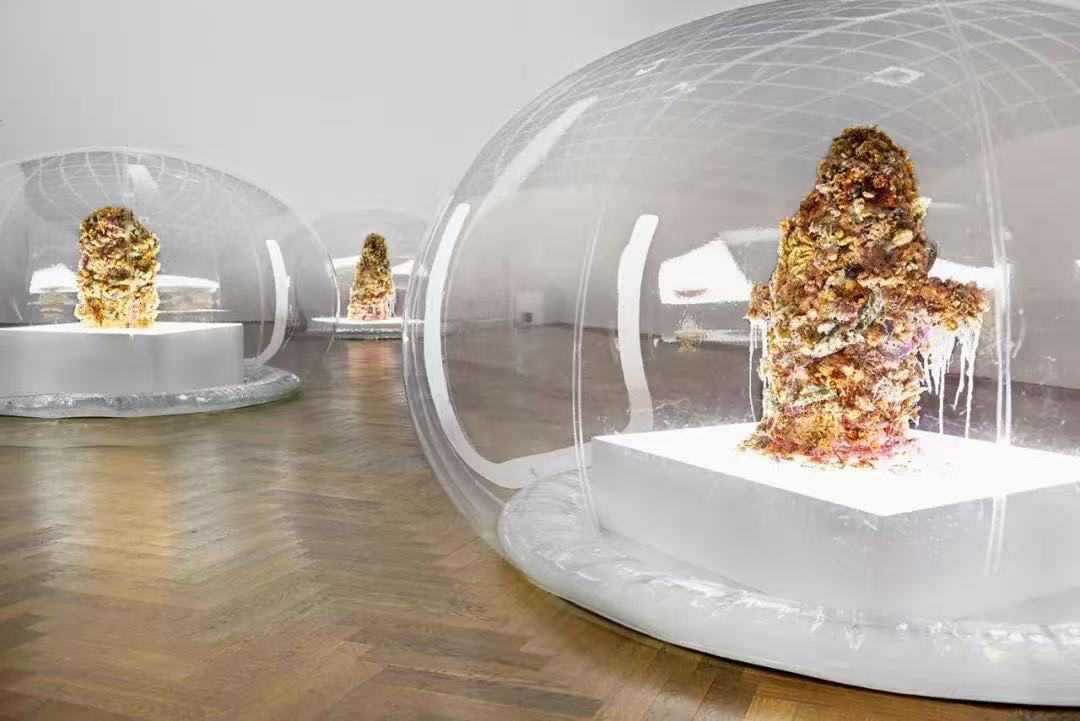
Artist-Anicka Yi © 2025 by Chuni Mao is licensed under CC BY-SA 4.0
Shameplex, 2015, Each box 24×48×24 inches, Overall dimensions variable, 7 colored Plexiglas boxes, metal pins, ultrasonic gel © 2025 by Chuni Mao is licensed under CC BY-SA 4.0
7,070,430K of Digital Spit, 2015 (installation view). Photo: Philipp Hänger. Courtesy Kunsthalle Basel Ivana Bašić © 2025 by Chuni Mao is licensed under CC BY-SA 4.0
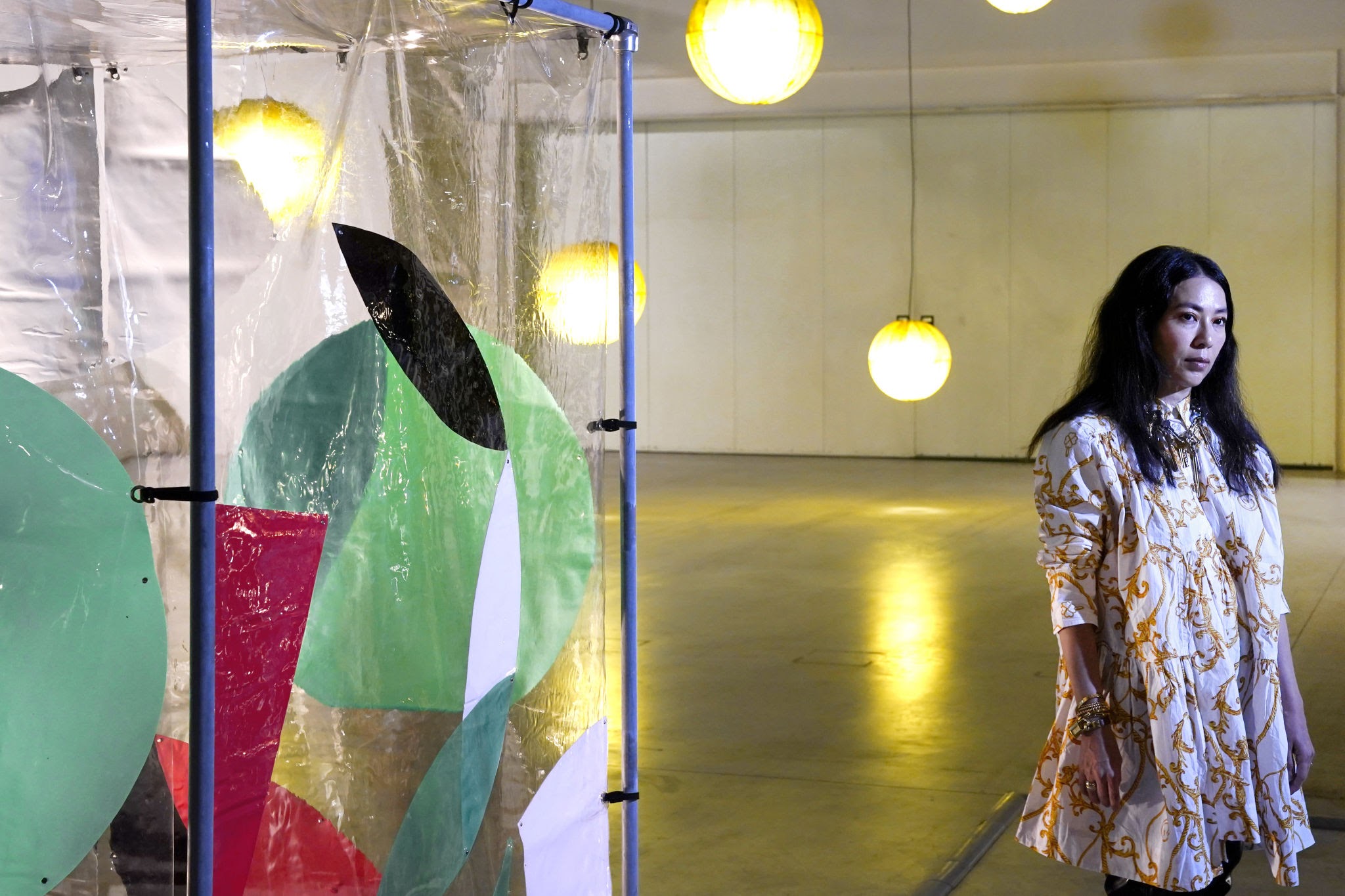

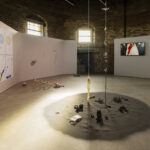
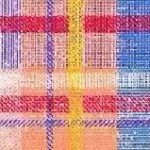
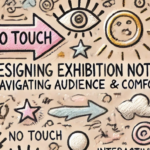

s2630451
25 February 2025 — 21:25
Your curatorial portfolio presents a compelling exploration of materiality, memory, and transformation. Week 2’s focus on multi-sensory immersion effectively highlights how space, sound, and tactility shape audience experience. The connection to Chiharu Shiota’s work adds depth, but further analysis on how audience agency impacts interpretation could enhance the argument. Week 3’s reflection on Mire Lee’s Open Wound is particularly strong in discussing the relationship between the human body and industrial processes, yet an expanded critique of the tension between organic and mechanical forms could strengthen the analysis. Week 4’s discussion of fragility and plasticity provides an intriguing lens on transformation, but a clearer articulation of how curatorial methods shape audience engagement would be beneficial. Finally, Week 5’s shift toward collective memory ties these themes together well.